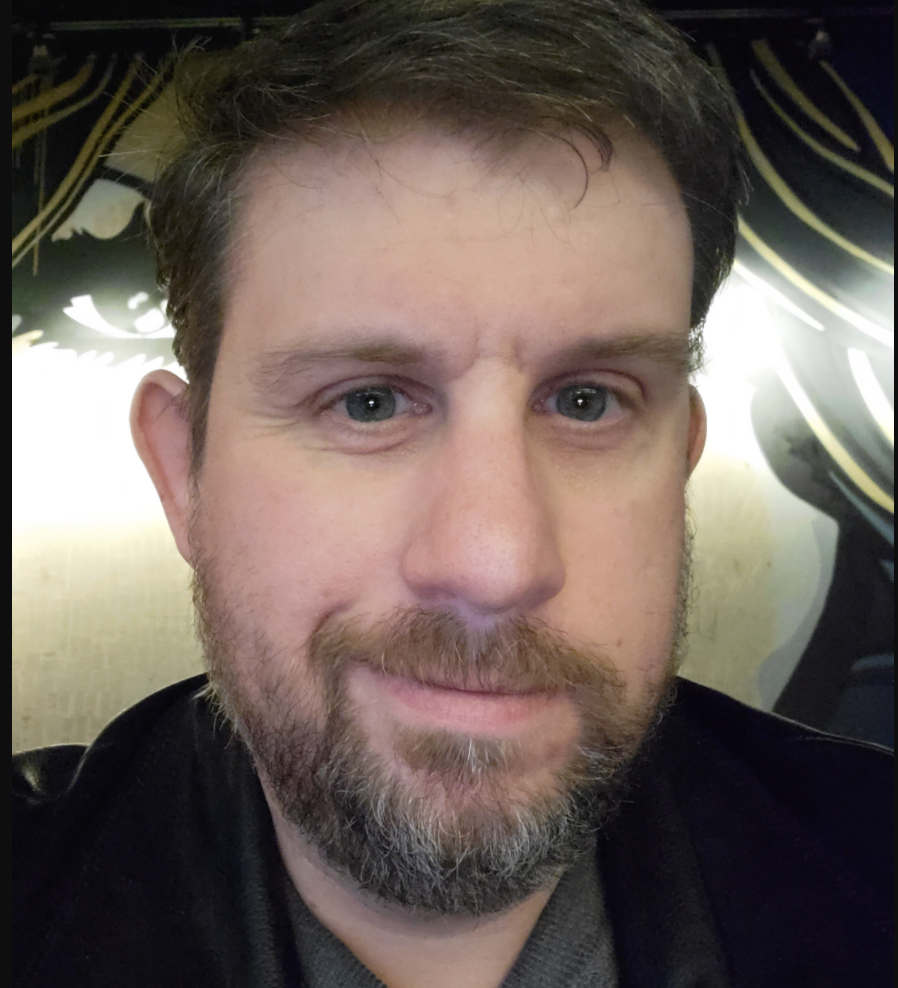“Executive function” is a term for the brain’s ability to organize work and initiate it. Executive dysfunction is a problem for people with ADD, ADHD, learning disabilities, or who have suffered a stroke. If you have been diagnosed with one of these conditions, you should understand you’re NOT to blame for being lazy or disorganized. The following video by Marta Rose presents strategies and hacks for coping with executive dysfunction. Below the video is a link to her YouTube page with resources.
- Organize your space with the Marie Kondo method: Get rid of anything that doesn’t serve you, and store other things vertically. Executive dysfunction causes people to forget about things they don’t see often, so a lot of waste builds up.
- Plan your schedule using a bullet journal: the bullet journal was invented by an ADHD patient. It’s a type of planner with bulleted to-do lists organized by months and days. You can index each list at the front of the journal.
- Initiate tasks: have a work companion, or imagine someone is watching you do a project. By having a real or imagined companion, you’ll feel more accountable and be spurred into action.
- Break tasks into small sections: Another challenge when initiating tasks is taking in the size of those tasks. Break them into stages and handle them one at a time.
- Emotional Control: People with ADD and ADHD have above average emotional intelligence and sensitivity. When society uses the term “emotional control,” they’re showing discomfort with the expressiveness of ADD patients. For their part, patients can practice mindfulness and meditation. They can also set boundaries with people who judge and bully them.
- Outsource: People with ADD will never be good at certain things, and we should accept that. Those things can be left to others, and ADD patients should embrace the tasks they ARE good at.















